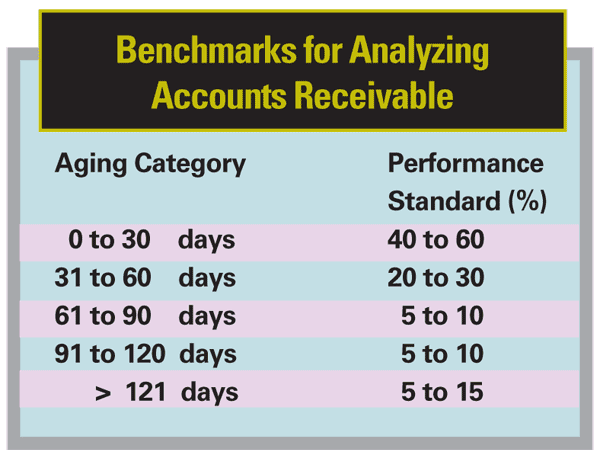Q: Are medical bills contributing to an increase in bankruptcy filings?
Insurance-related changes have contributed to increases in accounts receivable. For instance, few within the community of insured patients can afford plans with small co-pays and no deductible. Most practices find the financial responsibility shifting towards the patient with high-deductible plans. Patients also seek physicians within their preferred provider network to avoid out-of-network liabilities.
Q: Should I be concerned about all of my unpaid accounts?
A: No. Statistically, 80 percent of all accounts receivable come from 20 percent of all accounts. Regardless, your staff should verify insurance eligibility before the patient is seen. If able, determine the patient's current deductible status and plan to collect the deductible at the time of service. Establish a policy that noncovered services (i.e., refractions), co-payments and deductibles are collected before the patient leaves the office on the date of service.
Alternatively, it is acceptable to establish payment plans with patients. Prior to doing so, determine the minimum balance owed that you will allow paid over time. What services are you willing to "finance" and how long will you stretch out payments? Consider establishing a minimum requirement and a default policy. Most importantly, monitor payment plans regularly and be prepared to enforce your default policy.
For overdue accounts, small claims court is an option, although local laws establish the maximum amount in controversy, and you should consider the cost-benefit analysis beforehand. You should confirm that the patient is not indigent and be able to show that the patient has made no effort to pay. To be efficient, file claims simultaneously so they are heard in court on the same day, since your presence in court is necessary.

Q: May I provide a discount for payment at the time of service?
A: Yes. A discount for prompt payment in cash incorporates two ingredients: The time value of money and savings due to lower administrative expense because a claim(s) was not filed. In the present low interest rate environment, the time value of money is about 0.1 percent per month. So, if your practice customarily takes one to two months to obtain payment from a third-party payer, then a discount of 0.1 to 0.2 percent of the amount owed is justified. The cost of filing a claim is about $10. So, if no claim is required, a $10 discount for self-pay is also warranted.
For uninsured patients, a discount for self-pay is fair and reasonable if it reflects the lower cost of billing and collections when no claim needs to be submitted to a third-party payer, and the patient pays at the time of service. Furthermore, prompt payment reduces the potential cost of bad debt.
A discount can be applied to the charge for uninsured, indigent patients on a case-by-case basis. Discounts should not simply be granted to entire classes of patients, such as "uninsured" or "unemployed." The patient should fill out and sign a form that declares and explains the financial hardship. However, a form isn't sufficient by itself. The practice must make a good-faith effort to verify that the patient is financially needy. Some hospitals check the patient's tax return or pay stubs to find evidence of indigency, although that's uncommon in physician offices. The Federal Poverty Guidelines are a useful starting point for defining indigency, although not a strict limit. For instance, you might define indigency as 200 percent of the Federal Poverty Guideline. Except for
There's no limit to the discount for indigent patients, but frequent discounting (>50 percent of all patients) within the population you serve is not advisable because it discredits your nominal fees.
Q: If the patient doesn't pay for the care, must we send him to collections?
A: No. There may be ample reasons why you don't wish to pursue collection, such as complete inability to pay for services. Of course, you should follow your regular office protocol to collect on overdue debts. Again, don't assume that uninsured patients won't honor their obligations.
Ms. McCune is vice president of the Corcoran Consulting Group. Contact her at DMcCune@corcoranccg.com
1. Himmelstein DU, Thorne D, Warren E, Woolhandler S. Medical bankruptcy in the



